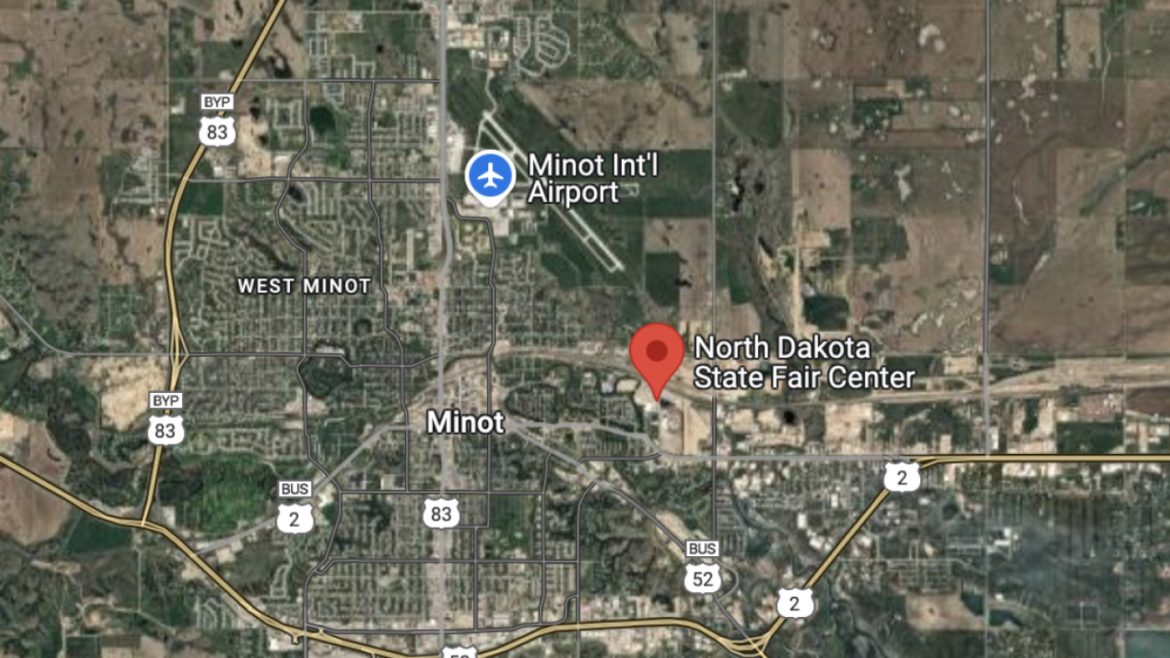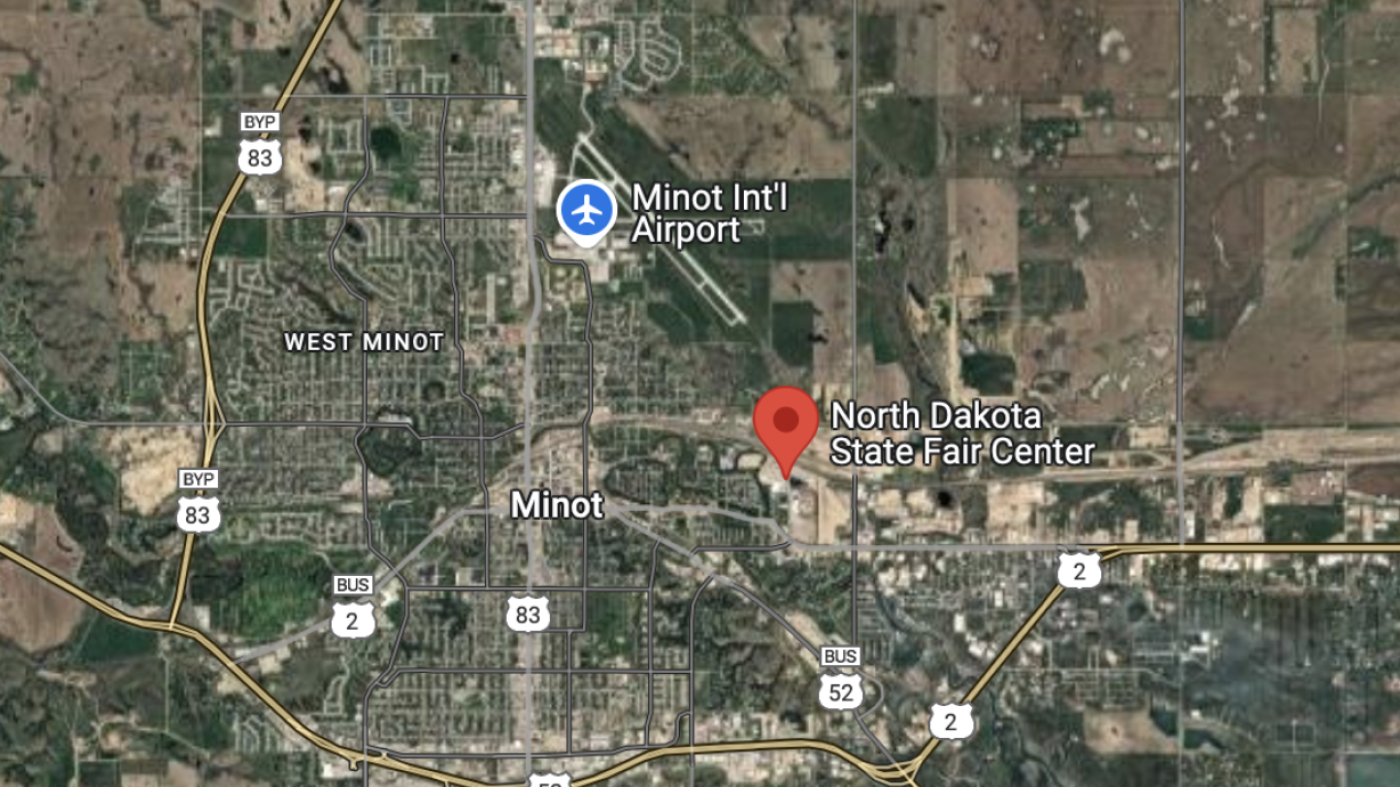Close Call in the Sky: Analyzing the Near-Collision Between a Delta Flight and a B-52 Bomber
Introduction: A Moment of Panic in the Skies
Aviation safety is built on precision, communication, and split-second decision-making. However, even the most well-coordinated systems can face unexpected challenges. On a seemingly ordinary Friday afternoon, passengers aboard SkyWest Flight 3788, operating as a Delta Connection flight from Minneapolis to Minot, North Dakota, experienced a moment of sheer terror. As the Embraer E175LR aircraft prepared for landing, the pilots suddenly spotted a B-52 Stratofortress bomber in their flight path. The pilot executed an aggressive maneuver, narrowly avoiding a mid-air collision. This incident raises critical questions about air traffic control, military-civilian coordination, and the human factor in aviation safety.
The Incident Unfolds: A Sudden and Unforeseen Threat
The near-collision occurred as SkyWest Flight 3788 approached Minot International Airport. The flight crew, following standard procedures, was cleared for landing when they noticed the B-52 bomber in close proximity. The pilot, in an audio recording captured by a passenger, expressed surprise, stating, “Nobody told us about it,” and described the bomber as “kind of, sort of coming at us.” The sudden realization of the danger prompted an immediate “go-around” maneuver—a rapid ascent to avoid the approaching aircraft.
Passengers later shared their accounts, with one posting an image of a B-52 flying over the Minot State Fair, emphasizing the frequent presence of military aircraft in the area. The incident underscores the potential risks when civilian and military air traffic intersect, particularly near bases like Minot Air Force Base, home to the 5th Bomb Wing and a significant number of B-52s.
The B-52’s Role and the Question of Coordination
The presence of a B-52 near a civilian airport raises several critical concerns. Was the bomber following a pre-determined flight path? Did air traffic control fail to notify the Delta flight crew of its presence? These questions are central to understanding the root cause of the near-miss and preventing future incidents.
Minot Air Force Base’s proximity to Minot International Airport means that military and civilian aircraft frequently share the same airspace. While this coexistence is not uncommon, it demands rigorous coordination to prevent conflicts. The FAA and military aviation authorities must ensure that flight plans are shared, real-time alerts are provided, and adequate separation is maintained between aircraft. A breakdown in any of these protocols could lead to catastrophic consequences.
FAA Investigation and Safety Protocols: Ensuring Accountability
The Federal Aviation Administration (FAA) has launched an investigation into the incident, focusing on air traffic control procedures, communication protocols, and the circumstances surrounding the B-52’s flight path. The findings will be crucial in determining whether existing safety measures are sufficient or if improvements are needed.
Established protocols require clear communication between air traffic control, civilian airlines, and military operations. This includes sharing flight plans, providing timely alerts about potential conflicts, and ensuring that pilots are aware of nearby military aircraft. The FAA’s investigation will likely examine whether these protocols were followed and where any lapses occurred.
Beyond the Immediate Incident: Systemic Considerations in Aviation Safety
This near-collision highlights broader issues in air traffic management, particularly as airspace becomes increasingly complex. With rising air traffic volume, the integration of drones, and ongoing military operations, maintaining safety requires constant vigilance and innovation.
Key areas for improvement include:
– Advanced Air Traffic Control Technologies: Investing in modernized air traffic management systems that provide real-time tracking and collision avoidance.
– Enhanced Communication Systems: Ensuring seamless information exchange between civilian and military aviation authorities.
– Pilot and Controller Training: Strengthening training programs to prepare pilots and air traffic controllers for unexpected scenarios.
A culture of transparency and open communication between all stakeholders—civilian airlines, military aviation, and air traffic control—is essential for identifying and mitigating risks.
The Human Factor: Pilot Skill and Decision-Making
While systemic factors are critical, the human element remains the most crucial aspect of aviation safety. The Delta Connection pilot’s quick thinking and decisive action were instrumental in averting disaster. This incident underscores the importance of rigorous pilot training, ongoing proficiency checks, and the ability to remain calm under pressure.
Pilots are the last line of defense in ensuring passenger safety, and their expertise is invaluable in navigating unforeseen challenges. This near-miss serves as a reminder of the critical role pilots play in maintaining aviation safety.
A Wake-Up Call for Aviation Safety: Lessons Learned
The near-collision between the Delta Connection flight and the B-52 bomber is a stark reminder of the inherent risks in air travel and the need for continuous improvement in safety protocols. While air travel remains one of the safest modes of transportation, incidents like this highlight the importance of proactive measures.
The FAA’s investigation and any subsequent recommendations must be implemented swiftly and thoroughly to prevent future near-misses. This event should not be dismissed as an isolated incident but rather as an opportunity to strengthen aviation safety systems.
Conclusion: A Catalyst for Change
The story of SkyWest Flight 3788 is more than just a news item—it is a narrative of averted disaster, highlighting both the potential dangers in our skies and the remarkable skill of aviation professionals. It compels us to appreciate the intricate systems and human expertise that underpin modern aviation and to demand unwavering commitment to safety from all involved.
Let this close call serve as a catalyst for continuous improvement, ensuring that the next time a pilot sees a B-52 “coming at us,” everyone involved is fully prepared and coordinated to prevent a near miss. Only through proactive measures and a commitment to excellence can we safeguard the lives of those who travel by air.


